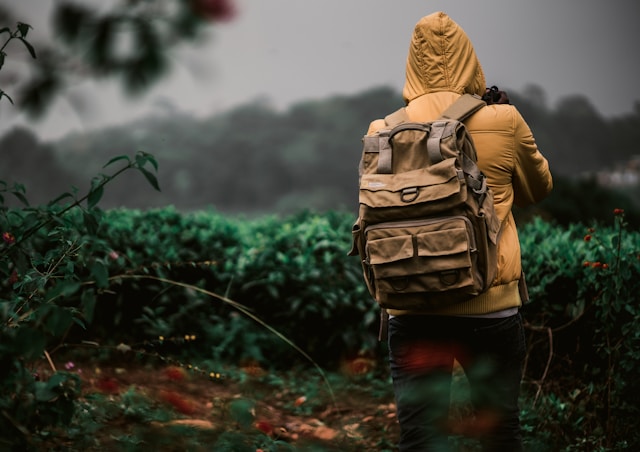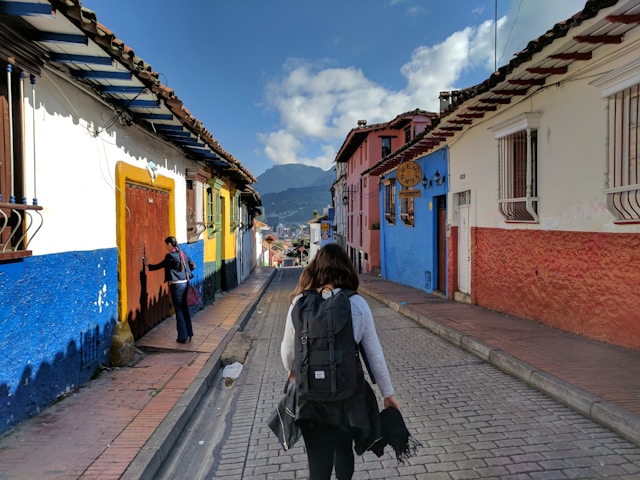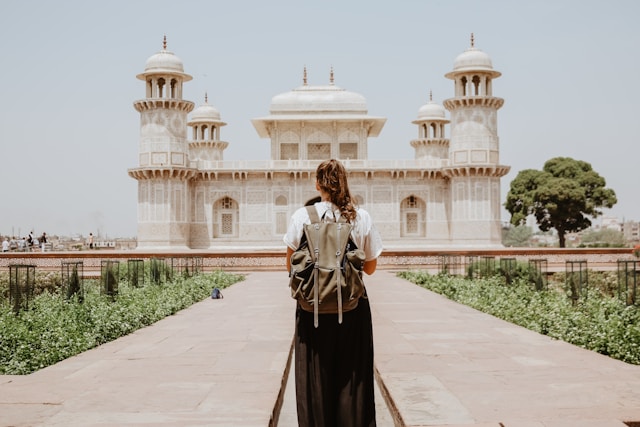Traveling can be one of life’s great joys, exploring new places, tasting different cuisines, and creating memories that last a lifetime. Yet, for all its excitement, navigating through the preparation and execution of a trip can sometimes lead to stress.
To help you maintain the thrill without the tension, planning and smart packing are your best allies.
By organizing your itinerary, booking in advance, and knowing what to pack, you can minimize unexpected hurdles and focus on the enjoyment of the journey.
Stress-free travel is more of an approach than a destination. It’s about adopting a mindset that blends flexibility with preparedness.
Whether you’re dealing with delayed flights, language barriers, or simply the unpredictability of new environments, having a plan can keep you calm and collected.
Remember, retaining a sense of humor and patience can transform a challenging moment into an opportunity for a memorable adventure.
To effectively embrace a tension-free trip, equip yourself with tools and strategies that suit your travel style.
Mobile apps can streamline itinerary details and local recommendations, while a well-thought-out packing list can prevent last-minute scrambles.
Communicating with your travel companions about expectations and preferences also ensures everyone is on the same page.
As you embark on your travels, remember that the goal is to experience the world, not to hurry through it.
Take a deep breath, look around, and savor the journey — after all, you’re here to make the most of every mile.

1. Prepare For Your Trip In Advance
Advance preparation is the cornerstone of a tension-free trip. Focusing on essential tasks such as documentation and planning can ensure your travel is as smooth as possible.
1.1. Essential Documentation
Make sure to gather all necessary documents well before your departure.
This includes your passport, which should be valid for at least six months beyond your planned return date, and necessary visas.
Check the specific visa requirements for your destination, as some countries might have an extended processing time.
- Passport: Check the expiration date and renew if needed.
- Visas: Research and secure them according to your destination’s legal requirements.
- Identification: Have a backup form of ID.
1.2. Create a Travel Checklist
A comprehensive checklist will help you pack and avoid forgetting essentials.
- Clothing: Account for weather and local culture.
- Toiletries: Remember travel-size items to comply with airport security.
- Electronics: Chargers, adapters, and backup batteries.
- Health Items: Medications, first-aid kit, and health insurance cards.
- Important Documents: Copies of your passport, travel insurance, and itineraries.
1.3. Choose the Right Insurance
Travel insurance is a must to protect against unexpected events.
Select a policy that covers medical expenses, trip cancellations, lost luggage, and, if necessary, adventure activities. Before you decide on one, make sure that you are comparing travel insurance with pre-existing conditions to make sure you pick the right one. Here are some things you should look for:
- Medical Coverage: Look for comprehensive coverage for both minor and serious concerns.
- Trip Cancellation: Look for policies that cover last-minute emergencies.
- Luggage Protection: Insure valuable items in case of loss or theft.
1.4. Plan Your Itinerary
Outline your itinerary, including flights, accommodations, and sightseeing travel plans.
Booking in advance can save money and stress.
- Accommodation: Reserve hotels or rentals early, especially during peak seasons.
- Transportation: Pre-book trains, planes, and rental cars.
- Activities: Secure tickets to popular attractions to avoid missing out.

2. Pack Smart
Packing efficiently can elevate your travel experience, reducing stress and ensuring you have everything you need.
2.1. Pack Light and Right
Pack only the things you need and not the top that you haven’t worn in the last 5 years and that you think you’ll wear now. Some of the essentials are:
- Passport, ID, travel tickets
- Phone, charger, and travel adapter
- Medications and first-aid kit
- Mix-and-match wardrobe.
- Travel-sized toiletries to meet airport security requirements.
2.2. Get Some Organizational Packing Tools
Getting some packaging tools can really up the game for packing light and smart. Some of our favourite tools are:
- Packing cubes to store different outfits in less space.
- Hanging toiletry bags
- Compression bags for bulky items like jackets.
- Electronics organizers for cords and gadgets.
Carry Weather-Appropriate Attire
Half of your trip is made up of the right outfits, and you don’t want to spend the time of your vacation deciding on the outfits. To overcome this issue:
- Weather forecast for your destination.
- Pack some Layering options for changing conditions.
- Water-resistant jacket for unpredictable weather.
- Comfortable walking shoes suitable for most weather types.
- Accessories like hats, gloves, or sunglasses, depending on the climate.

3. Go To Airports Stress-Free
Arriving at the airport without stress involves being prepared and knowing what to expect from the check-in and security processes.
3.1. Check-In and Security Procedures
Traveling by air requires navigating several steps before boarding the aircraft. To ensure a smooth start to your journey, consider the following:
- Online Check-In: Begin by checking in online as soon as it’s available, usually 24 hours before your flight. It saves time and allows you to skip the check-in lines at the airport.
- Document Preparation: Have your ID, passport, and boarding pass accessible. Keep them in an easy-to-reach part of your carry-on.
- Transportation to Airport: Plan your route to the airport. If driving, pre-book your parking to save time. Alternatively, arrange a stress-free airport transfer service or use reliable public transportation.
- TSA PreCheck & Global Entry: If you travel often, consider applying for TSA PreCheck or Global Entry. These programs expedite the screening process and reduce wait times significantly.
3.2. Make the Most of Lounge Access
- Priority Pass: If you are a frequent flyer, consider getting a Priority Pass. It provides access to over 1,300 airport lounges worldwide, where you can relax away from the crowded terminals.
- Flight Delays: In case of flight delays, lounges offer a comfortable space with amenities like WiFi, food, and showers. Your credit card may offer complimentary lounge access, so check its benefits.
- Arrival Time: Aim to arrive at the airport at least 2 hours before domestic flights and 3 hours for international ones. This allocates ample time for any unforeseen delays at check-in or security.

4. Relax During Your Travel
Traveling can sometimes be stressful, but with a few strategies, you can transform your journey into a more relaxing experience.
Learn to find your zen while on the move, manage your finances with ease, and immerse yourself in the local culture without the tension.
4.1. Find Relaxation On-the-Go
Your carry-on is a treasure chest for relaxation tools during flights.
Pack it with items like a neck pillow, noise-cancelling headphones, and a comfortable eye mask to help you rest better.
Utilize travel apps that offer guided meditations or soothing music playlists specifically designed for travel relaxation. Some carry-on essentials to relax are:
- Neck pillow
- Noise-cancelling headphones
- Eye mask
- Comfortable earplugs
- Relaxing playlists or meditation apps
4.2. Manage Money and Transactions
Handling money in a new country doesn’t have to trigger your anxiety. Notify your credit card company about your travel plans to avoid any unexpected blocks; this keeps your transactions smooth.
Always carry a mix of cash and digital money options to be prepared for places that don’t accept cards.
- Before you depart, understand the country’s currency and the conversion rates.
- Notify your credit card company about travel plans.
- Carry a mix of cash and digital payment methods.
- Research conversion rates.
4.3. Embrace Local Experiences
Diving into local customs can be relaxing and rewarding.
Trying local cuisine is a delightful way to engage with the culture.
Make sure to be mindful of local laws to avoid unnecessary stress.
Share your experiences on social media to connect with fellow travelers. However, make sure to also unplug and be present in the moment.
- Try local cuisine and participate in traditional activities.
- Understand and respect local laws.
- Balance your time on social media with being present.


